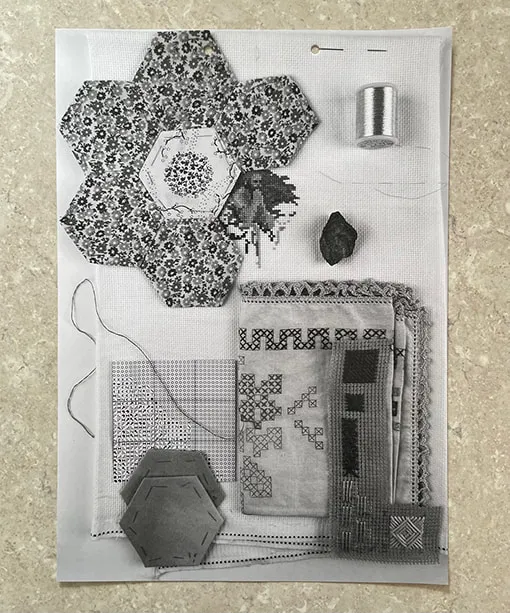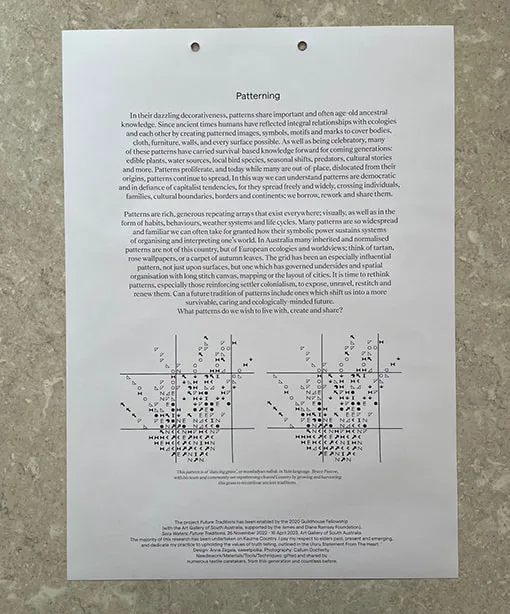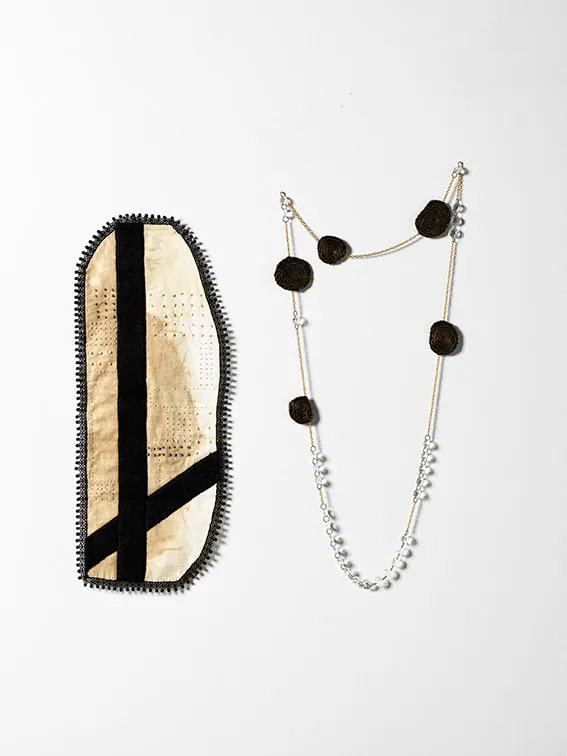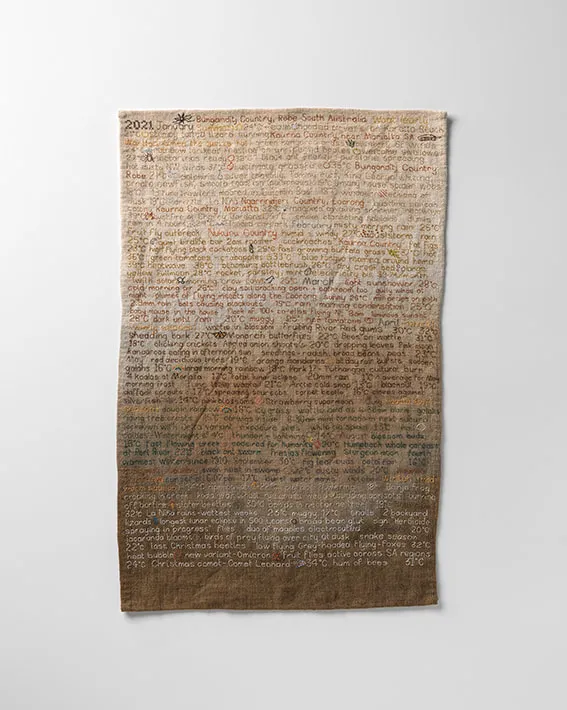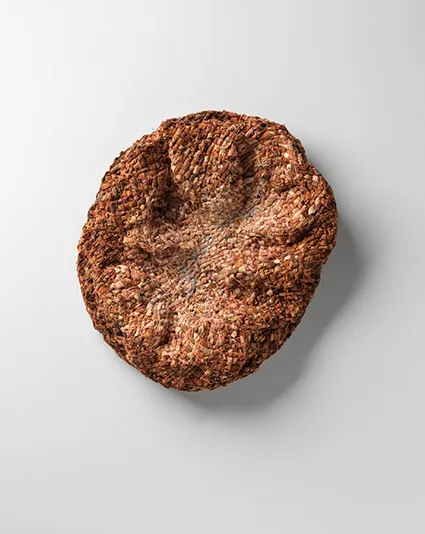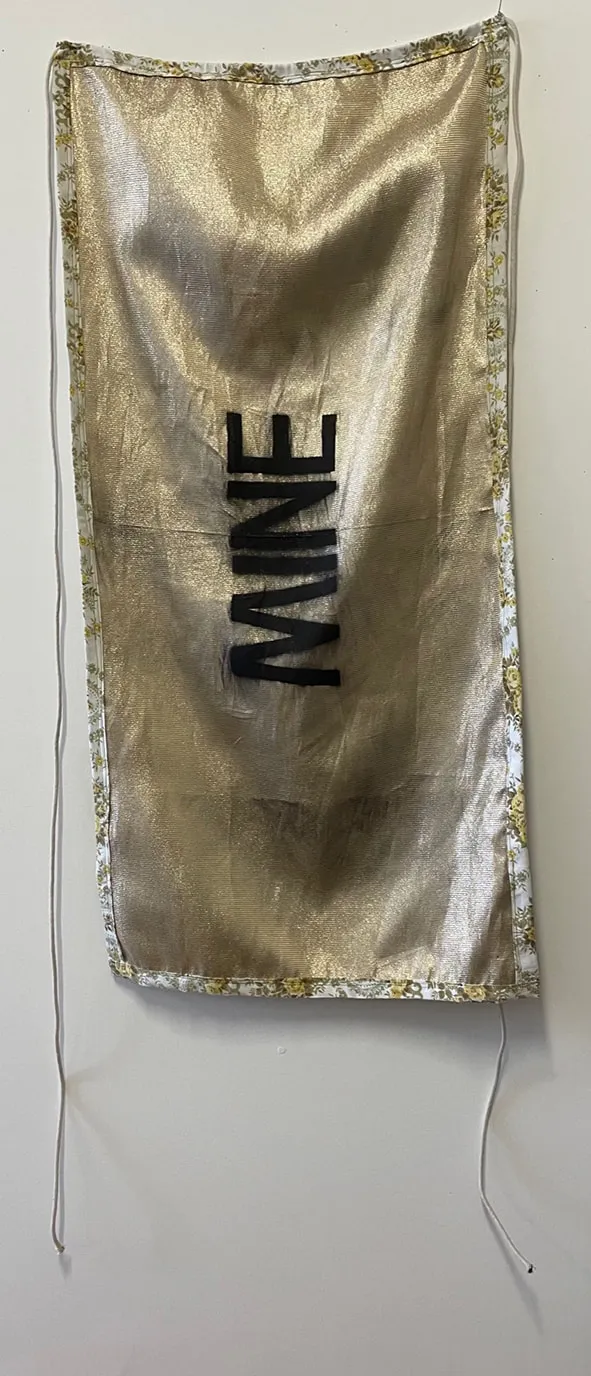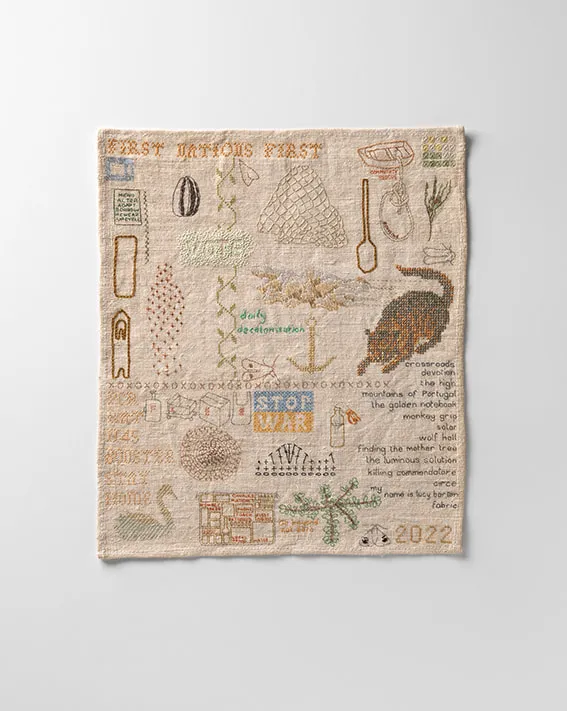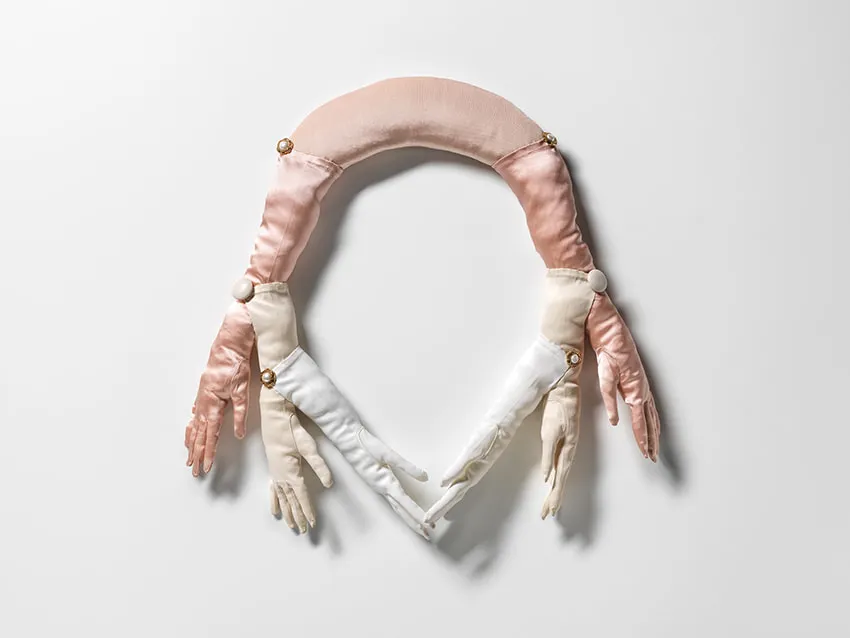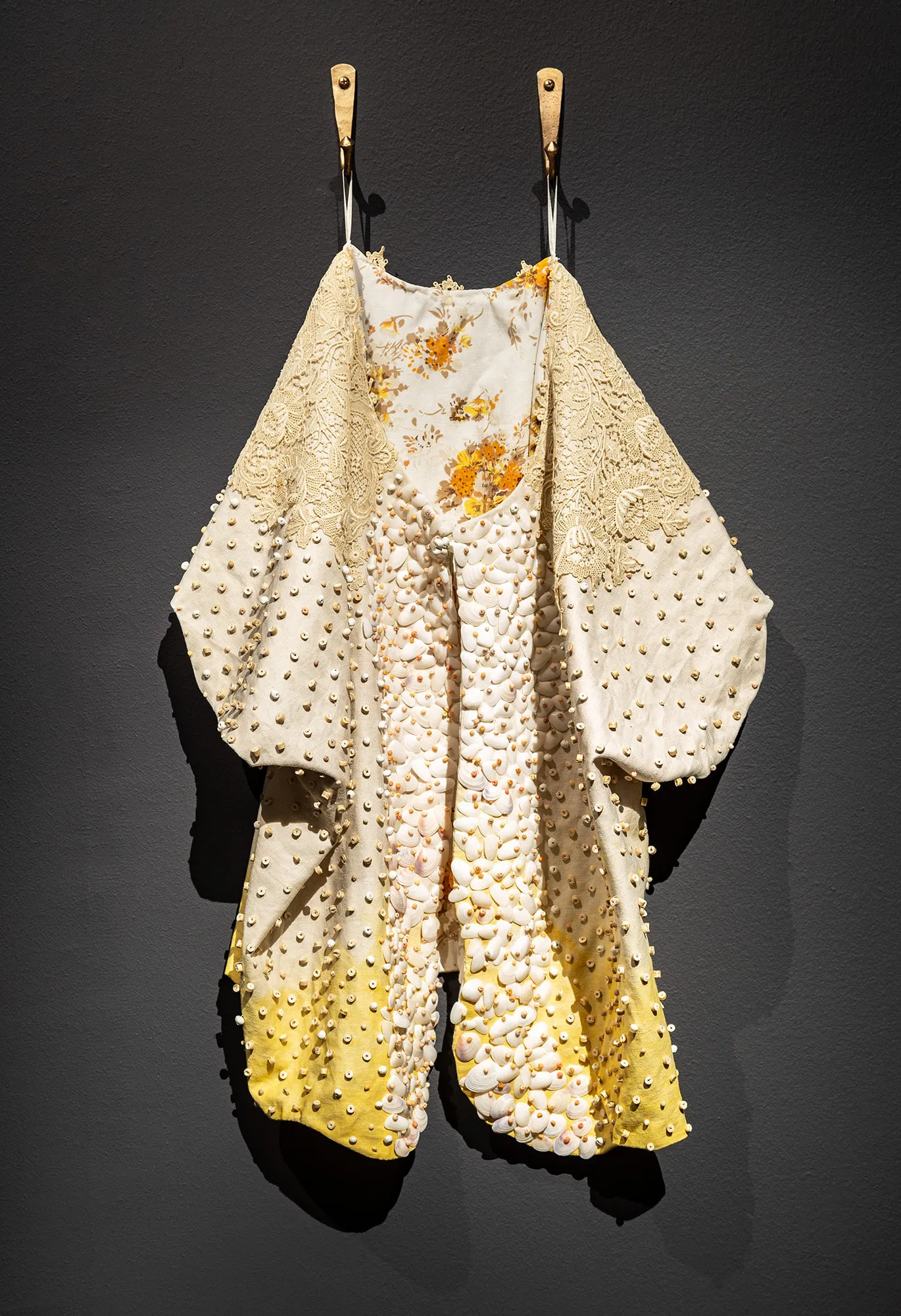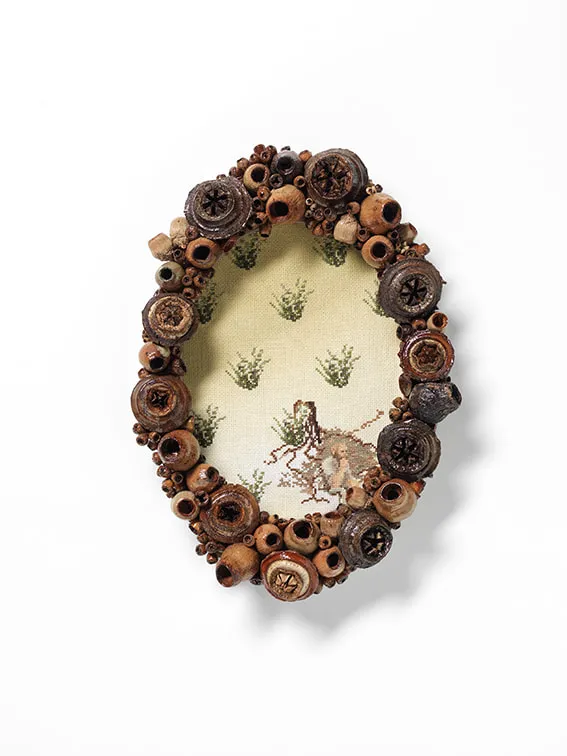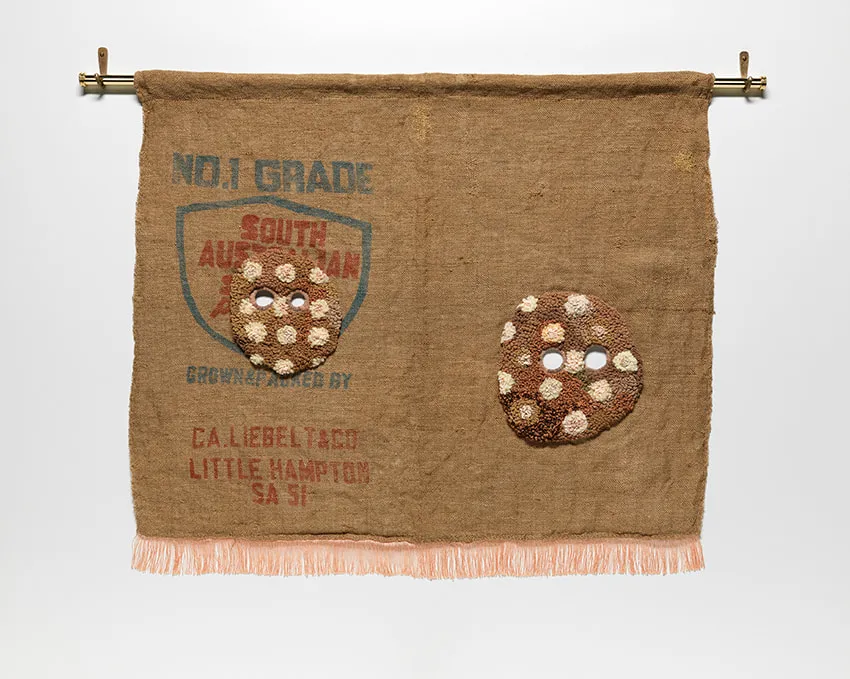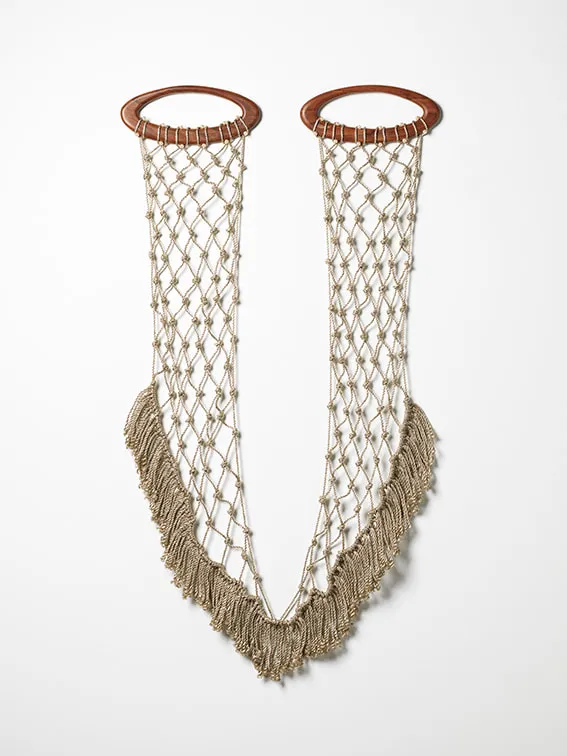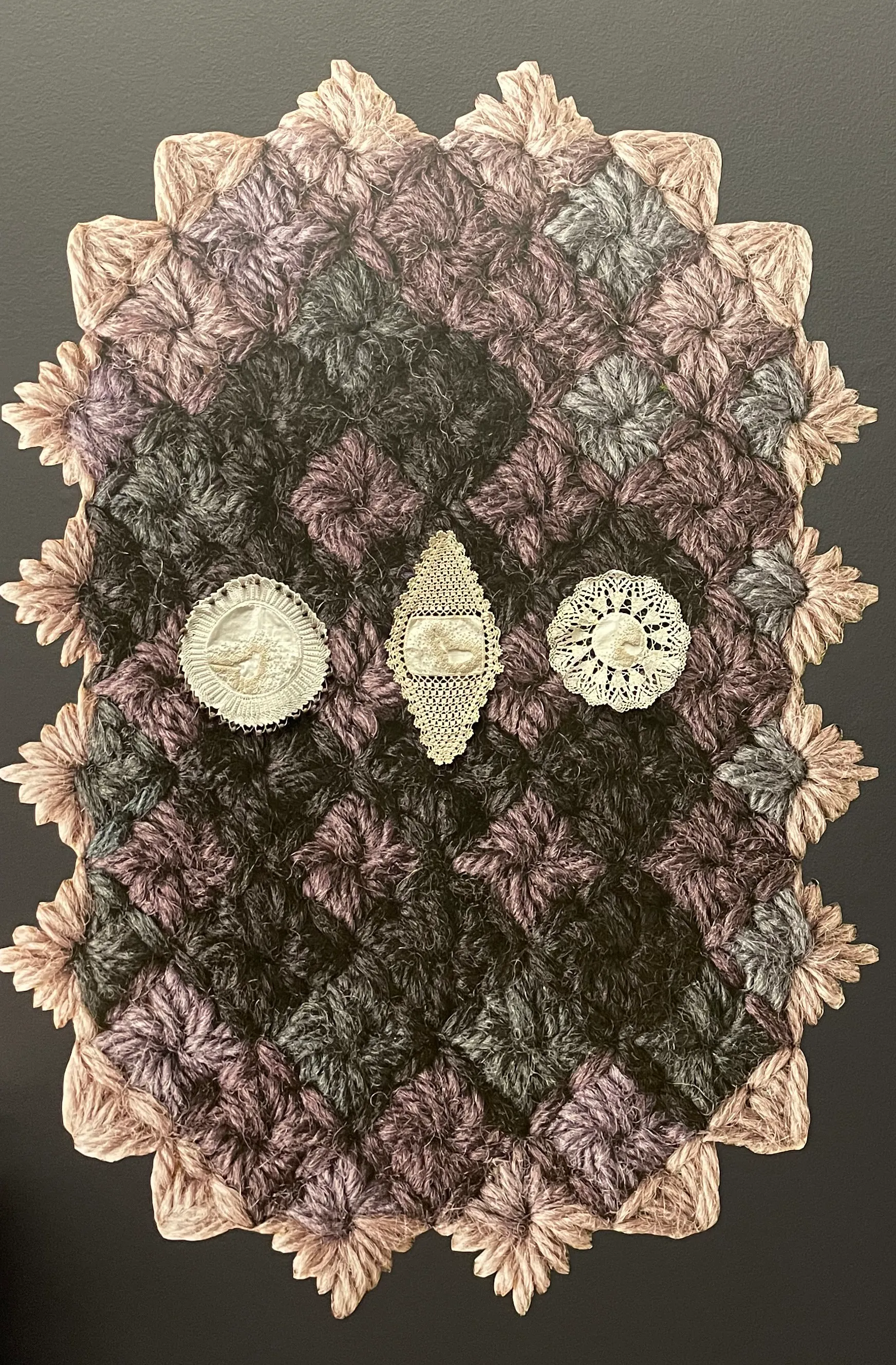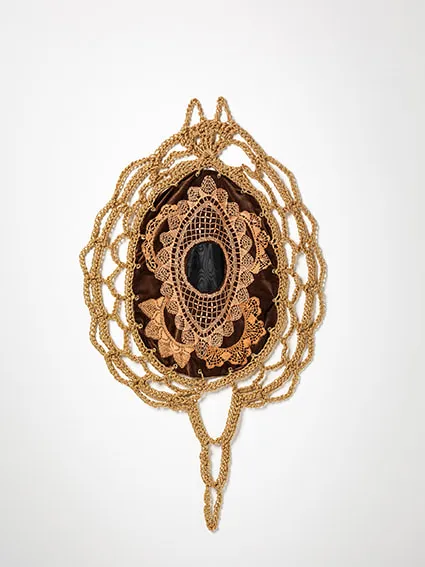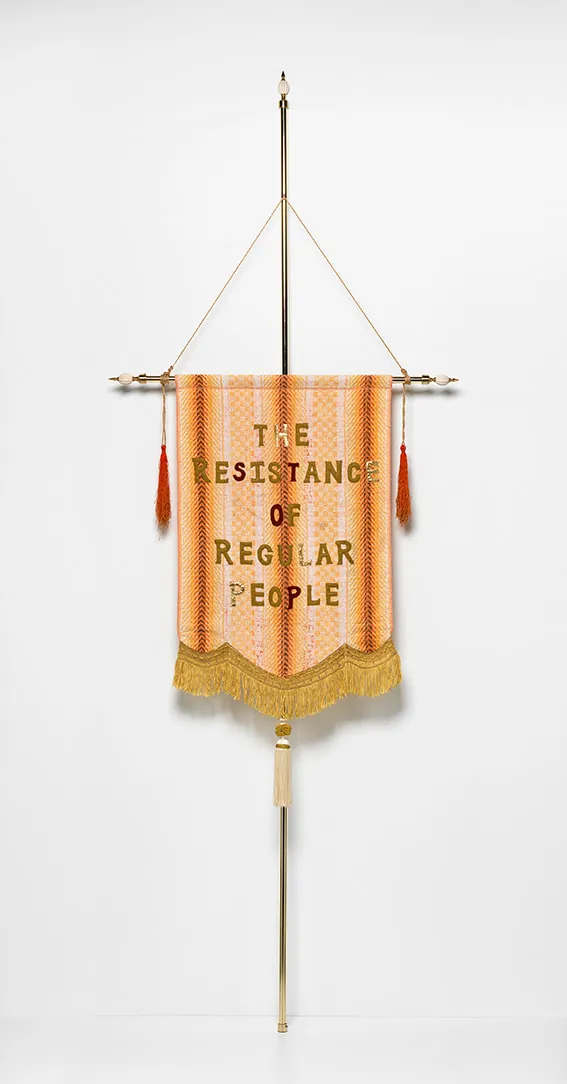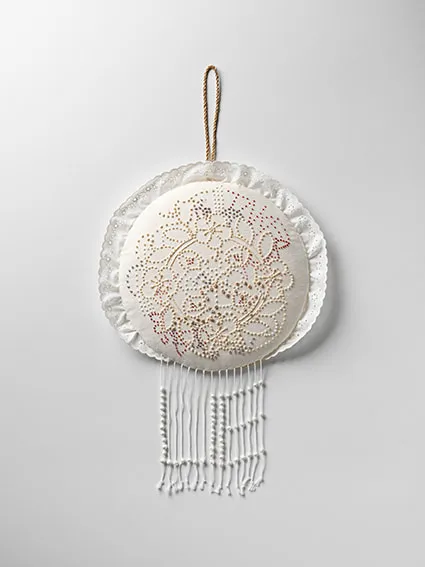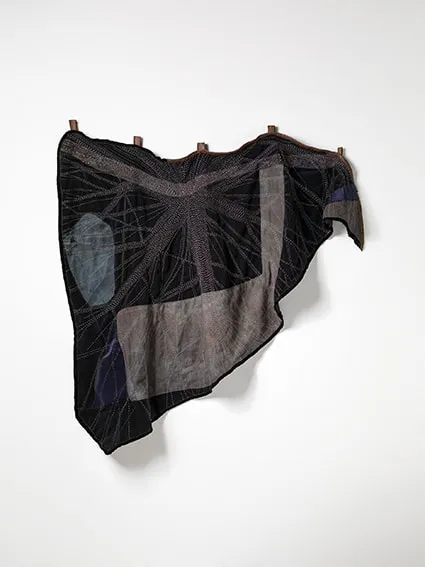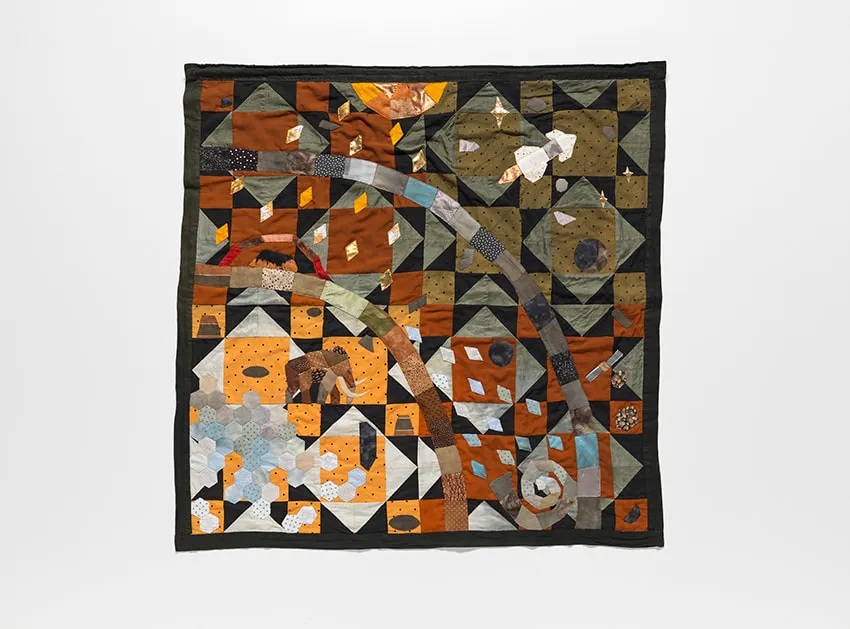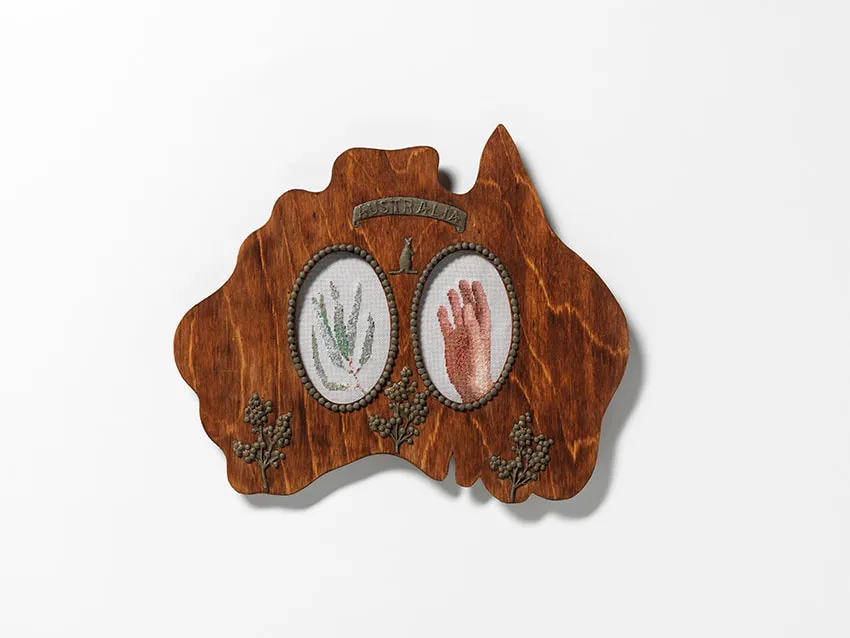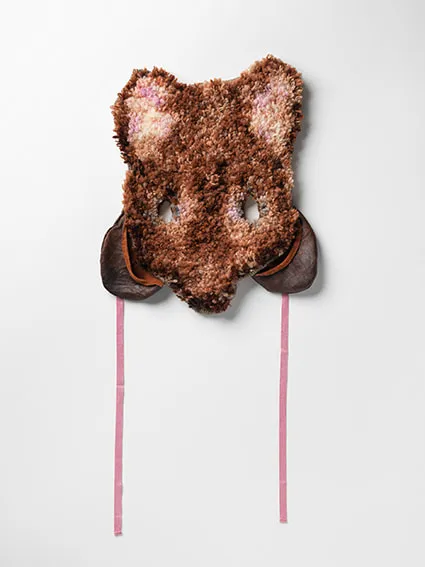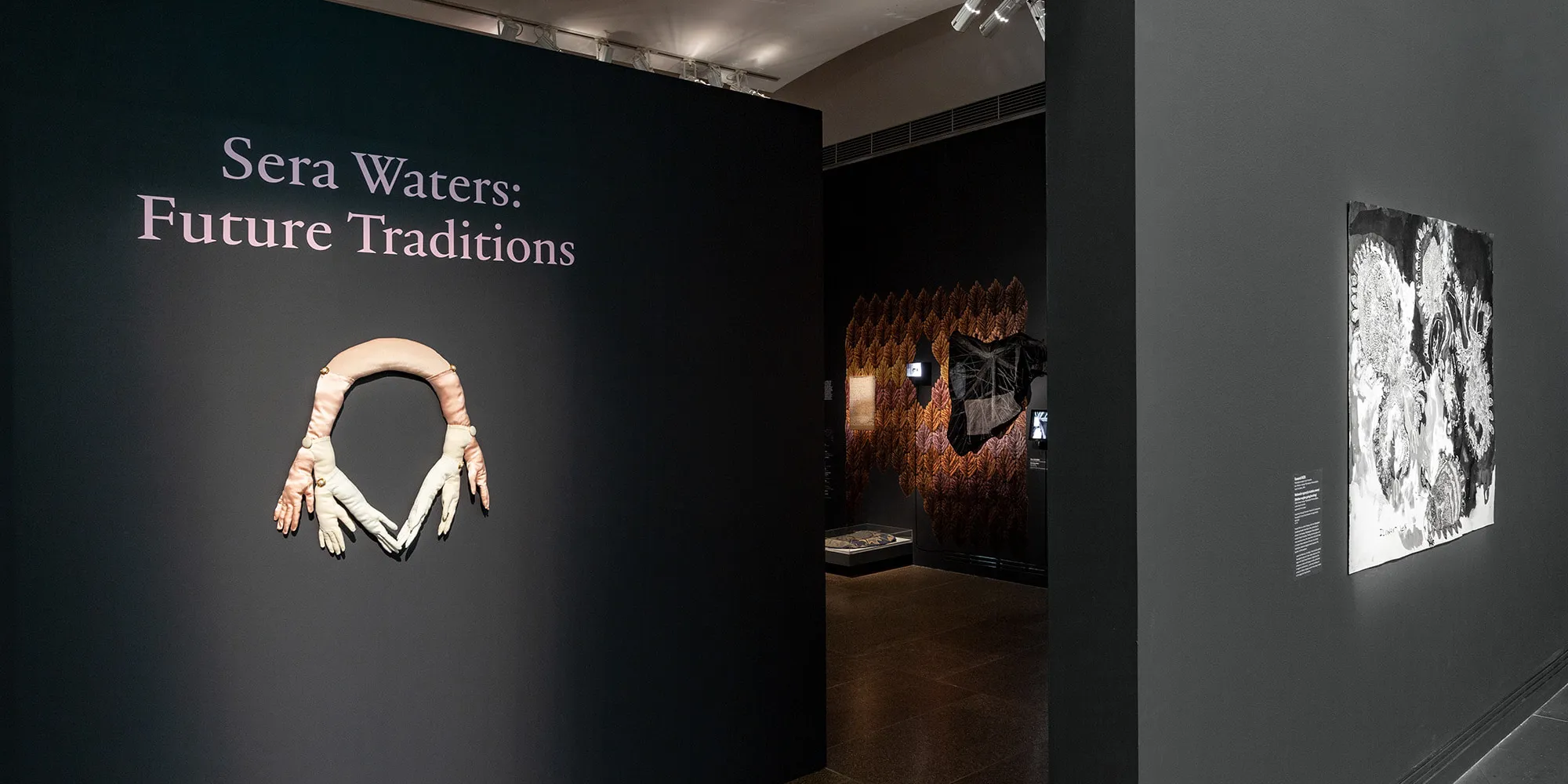
Future Traditions
26 Nov 2022 – 16 Apr 2023
Future Traditions is propelled by questions around the legacies we are leaving for coming generations. Amidst growing climate disasters this project seeks pragmatic and survivable ways forward, ways embedded in domestic textile traditions. For thousands of years our ancestors have used textiles to thrive, yet in recent centuries many of their ancient traditions have been displaced or disregarded. This project asks how we can not only restore the age-old human knowledge housed in textile traditions, but also transform them to direct us into a more survivable future.
Eight ‘future traditions’ have been identified; these are not specific skills but rather how textiles enable our existence, our comfort and our expression. They are familiar activism, soft comfort, conductors and shields, great decelerators, patterns, mass making-do, time-travelling and displaying hope. This exhibition shows the research, artefacts and experiments into future traditions, working restoratively with repurposed materials and techniques, and reviving ideas whose threatened existence it is an imperative to retain.
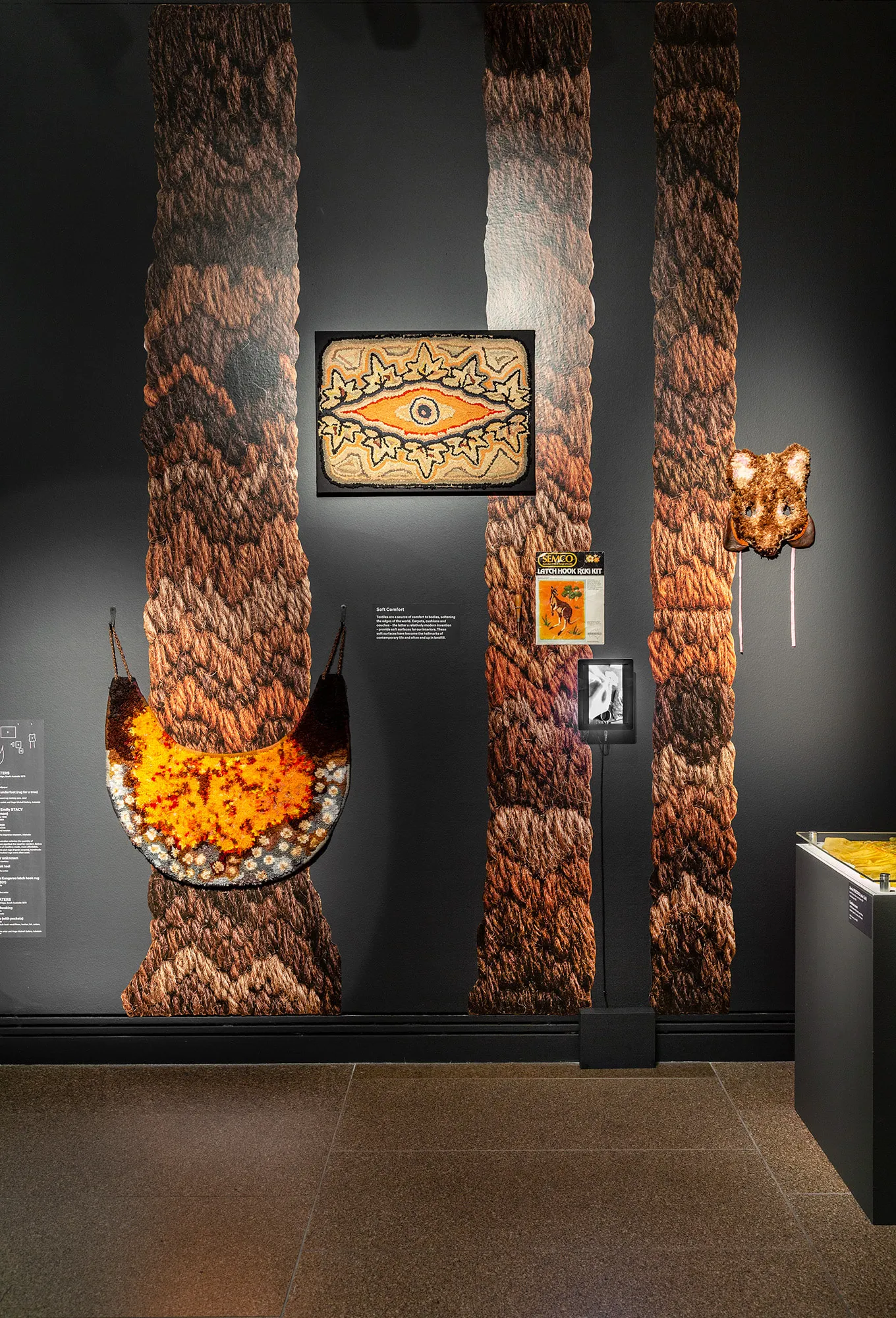
Soft Comfort
Textiles are a source of comfort to bodies, softening the edges of the world. Carpets, cushions and couches - the latter a relatively modern invention - provide soft surfaces for our interiors. These soft surfaces have become the hallmarks of contemporary life and often end up in landfill.
Install photograph of artworks and collection objects by Saul Steed.
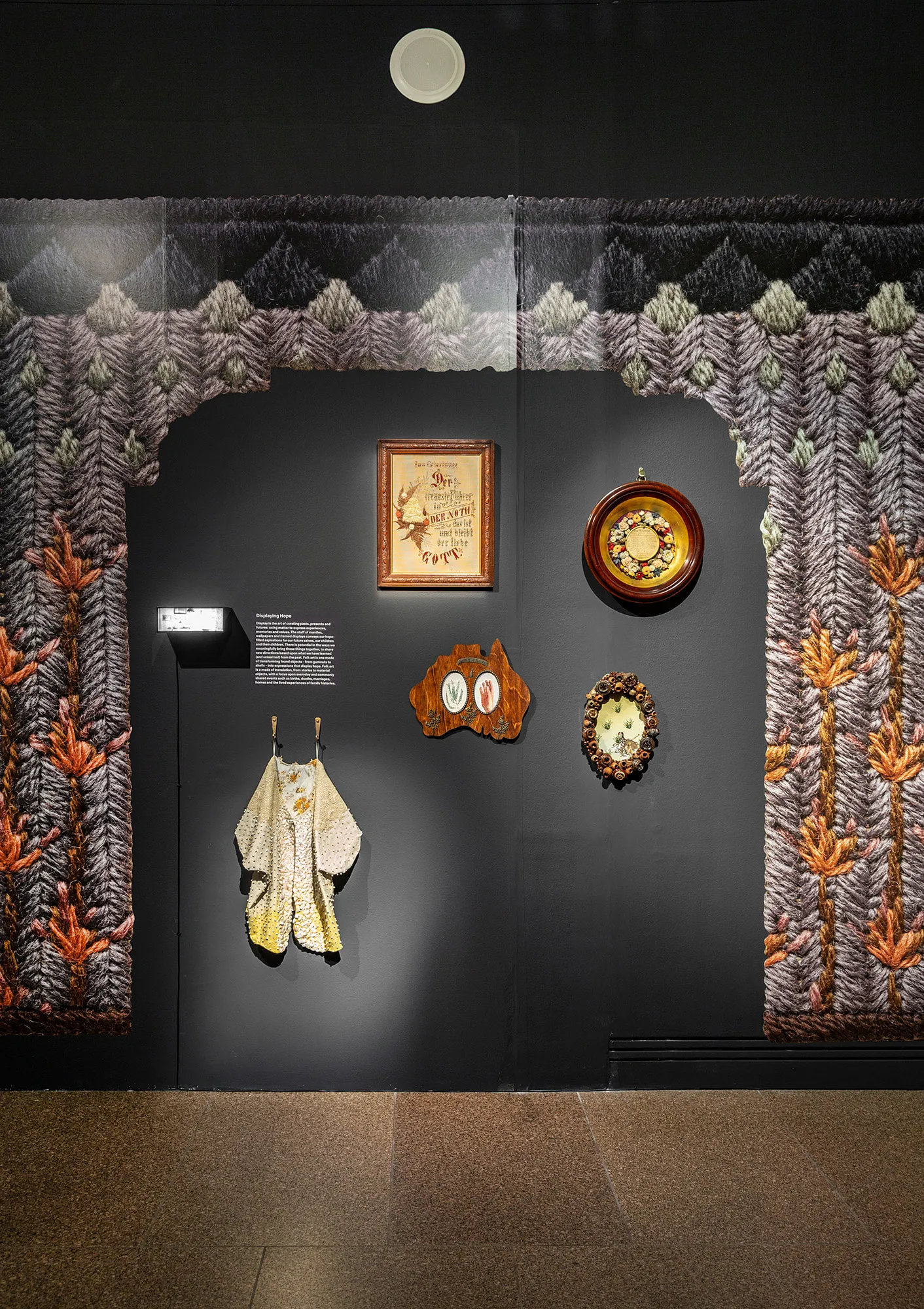
Displaying Hope
Display is the art of curating pasts, presents and futures: using matter to express experiences, memories and values. The stuff of mantles, wallpapers and framed displays conveys our hope-filled aspirations for our future selves, our children and their children. There is potential in the ways we meaningfully bring these things together, to share new directions based upon what we have learned (and unlearned) from the past. Folk art is one mode of transforming found objects - from gumnuts to shells - into expressions that display hope. Folk art is a mode of translation, from stories to material objects, with a focus upon everyday and commonly shared events such as births, deaths, marriages, homes and the lived experiences of family histories.
Install photograph of artworks and collection objects by Saul Steed.
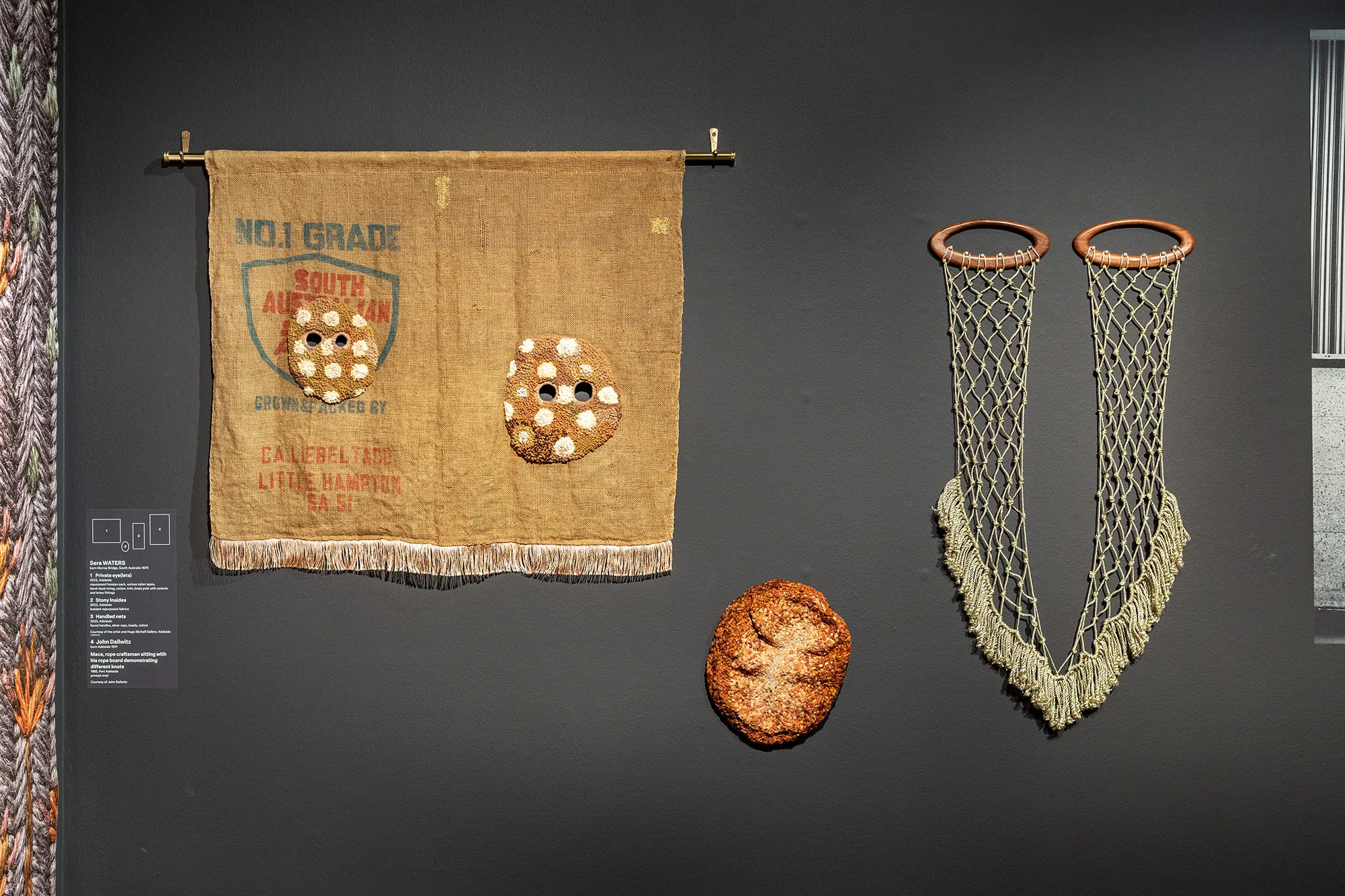
Mass Making-do
Repurposing, reusing and making-do are age-old traditions. Restoring these traditions recognises the value of textiles and addresses the issue of their being one of the globe's main pollutants. What if, like our ancestors, we were forced to make all of our textiles by hand or by making-do, using only what can be gathered, found second-hand, altered or mended? An aim of mass making-do is to reinstate value by recognising the technologies and skills embedded in textiles, and to keep these in circulation longer through acts of care.
Install photograph of artworks and collection objects by Saul Steed.
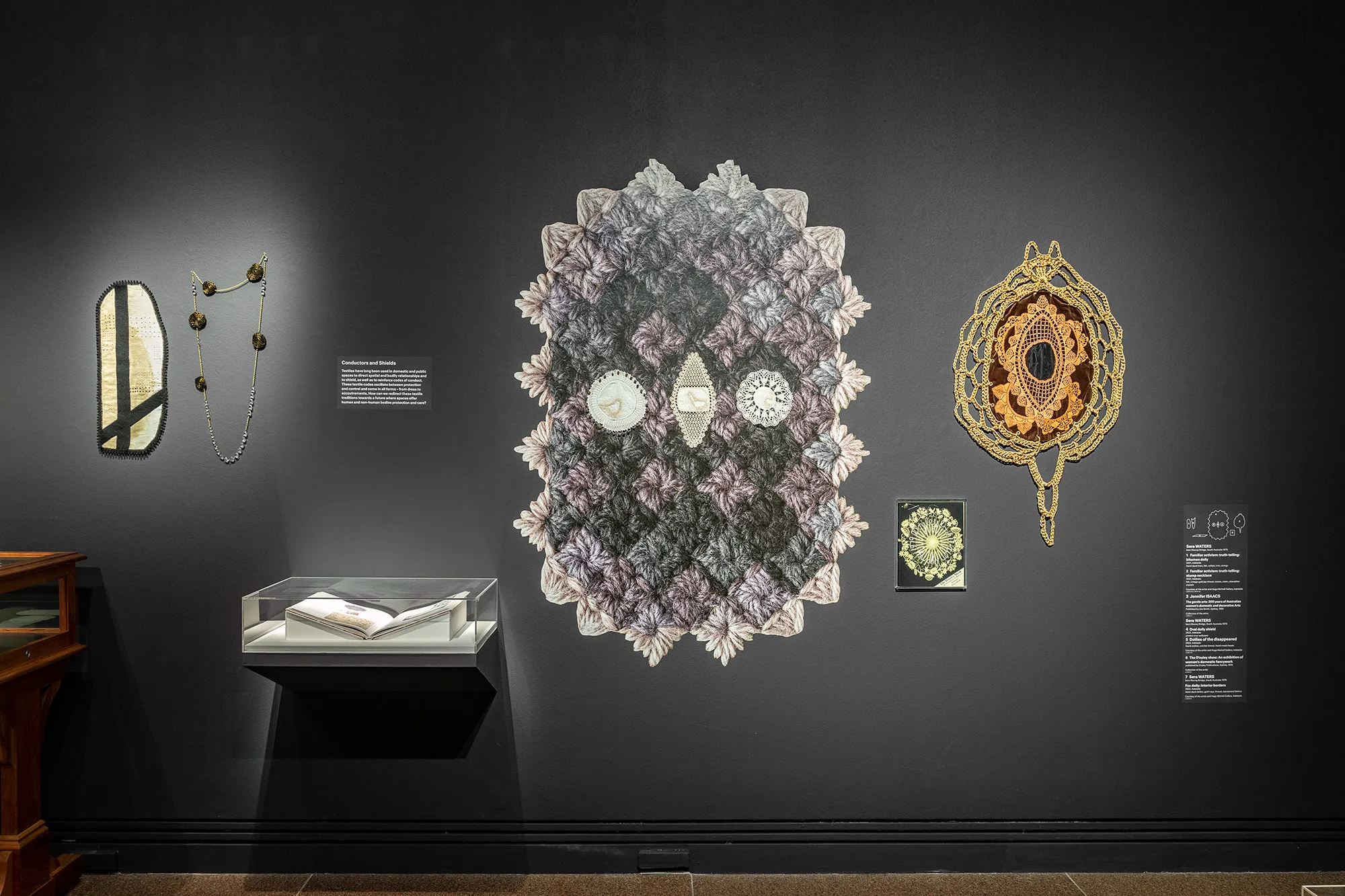
Conductors & Shields
Textiles have long been used in domestic and public spaces to direct spatial and bodily relationships and to shield, as well as to reinforce codes of conduct. These textile codes oscillate between protection and control and come in all forms - from dress to accoutrements. How can we redirect these textile traditions towards a future where spaces offer human and non-human bodies protections and care.
Install photograph of artworks and collection objects by Saul Steed.
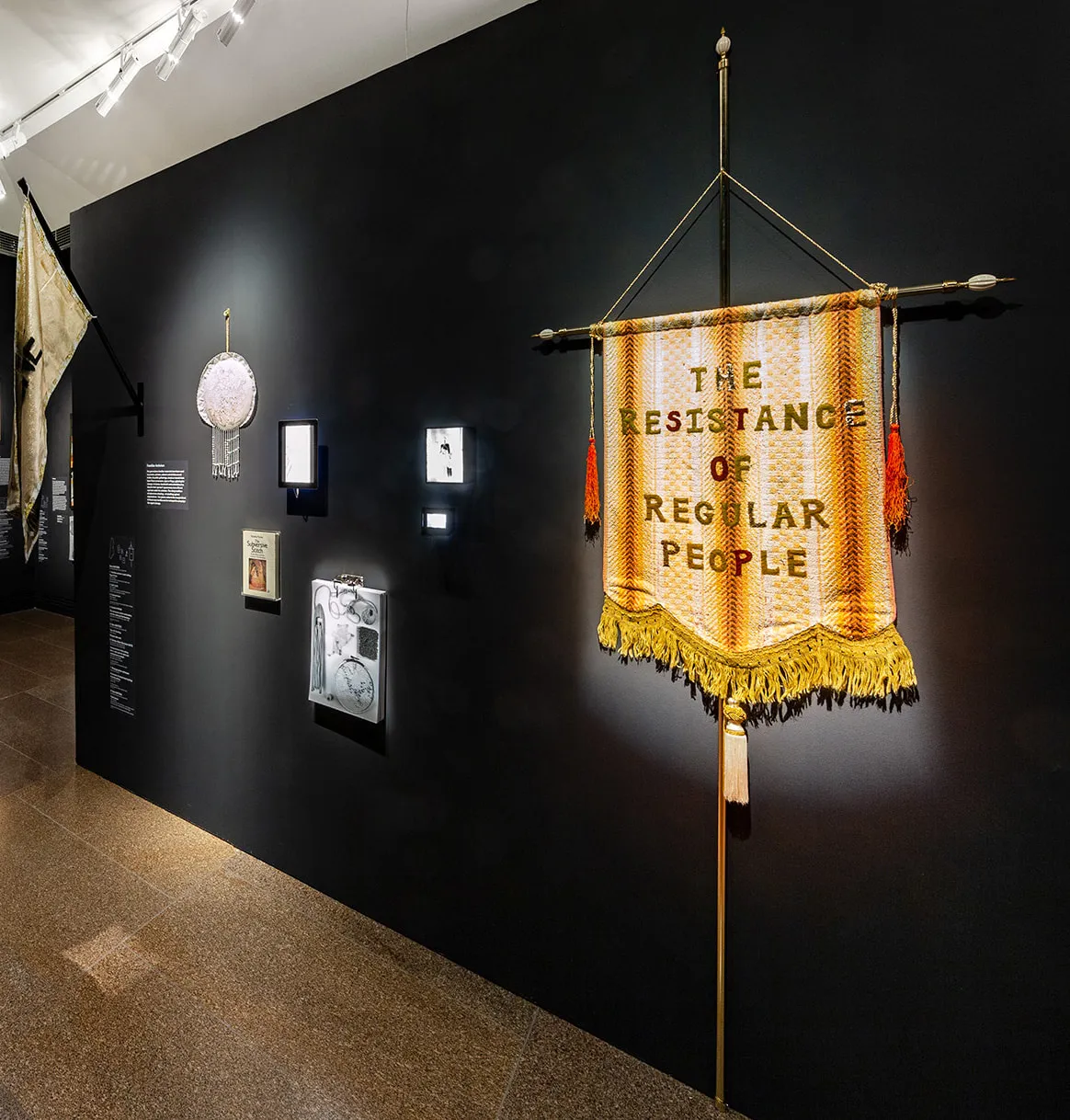
Familiar Activism
For generations familiar materials have been used to protest, activate, subvert and tell disavowed truths. At public gatherings, sheets or towels have been flown as banners, signs or flags, agitating for change. In homes, handicraft and embroidery too, despite their 'genteel' appearance, have offered a private outlet for activism. The rising traditions of subversive stitching - of rebelling against expectations - has given a voice to the marginalised. In these ways textiles can be reshaped to campaign for urgent change.
Install photograph of artworks and collection objects by Saul Steed (detail).
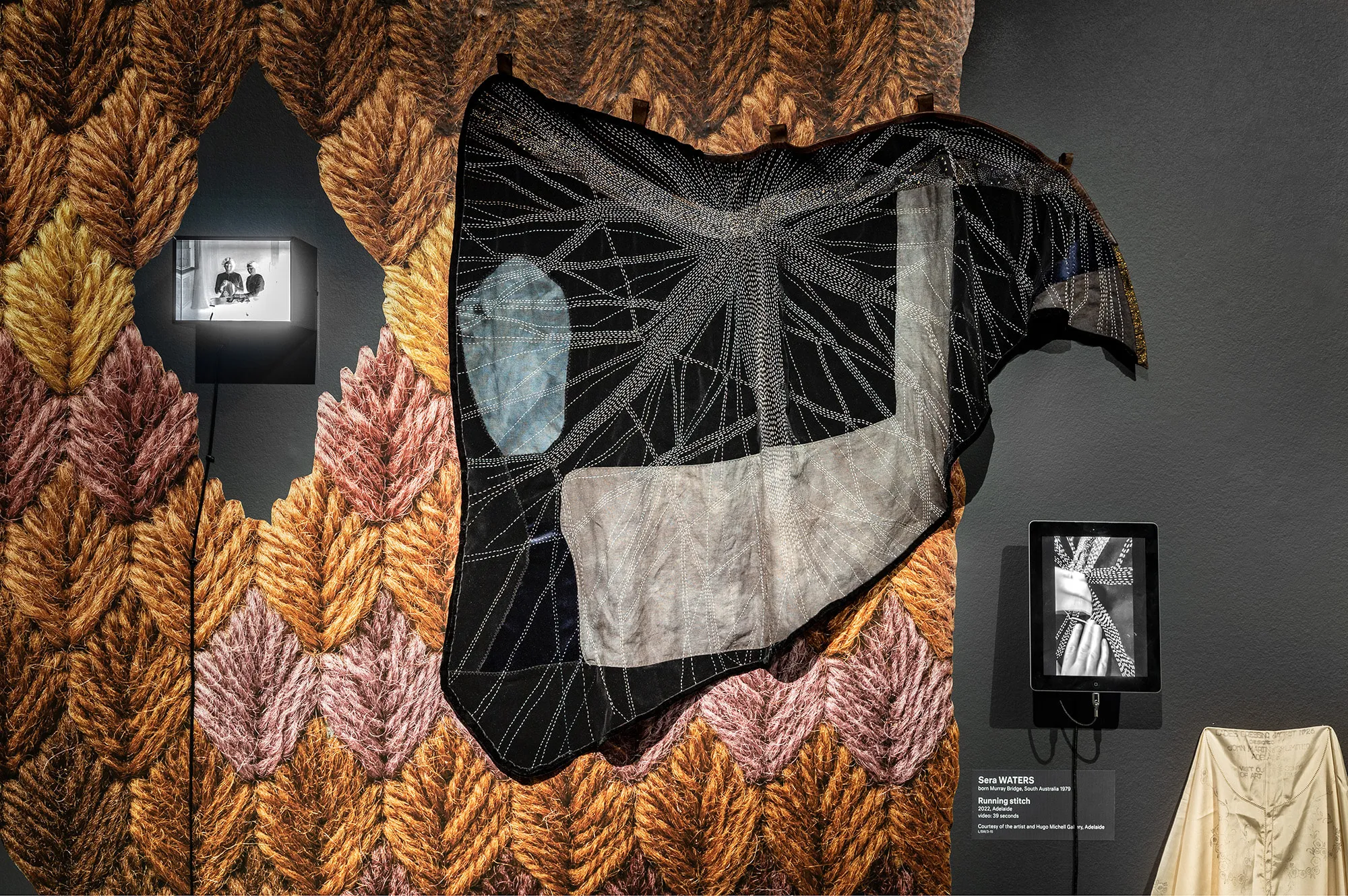
Great Decelerators
Unlike the 'Great Acceleration', needlework can reinstate traditions of bodily pace, rhythm and ancestral time. Basic stitches such as running stitch rely upon rhythm and pace, which align with bodies, the in and out of the needle and the in and out of breath. This can be likened to walking, pacing or following a pathway with repeated steps. Decelerating puts us in contact with the pulse of ecologies. This future tradition asks how the pace of textile waste and mass production can be slowed through repurposing, repetitive stitches, noticing and removing ourselves from the ever-increasing acceleration of capitalist, extractivist and production culture.
Install photograph of artworks and collection objects by Saul Steed.
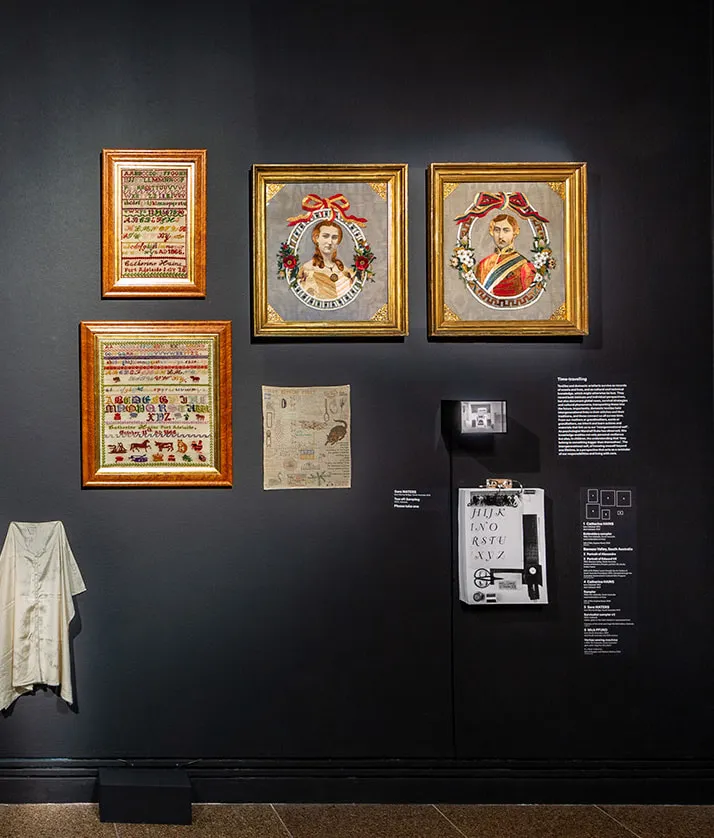
Time-travelling
Textiles and domestic artefacts survive as records of events and lives, and as cultural and technical knowledge, which might otherwise be lost. They record both intimate and individual perspectives, but also document global news, survival strategies and cultural phenomena, transporting these into the future. Importantly, domestic textiles hold intergenerational links in their stitches and their traditions, and these connect us all across time. From our mothers or grandmothers, aunts or grandfathers, we inherit and learn actions and materials that link us to our 'intergenerational self'. As psychologist Marshall Duke has observed, this knowledge enables not only personal resilience but also, in children, the understanding that 'they belong to something bigger than themselves'. The intergenerational self, of knowing oneself beyond one lifetime, is a perspective that acts as a reminder of our responsibilities and living with care.
Install photograph of artworks and collection objects by Saul Steed (detail).
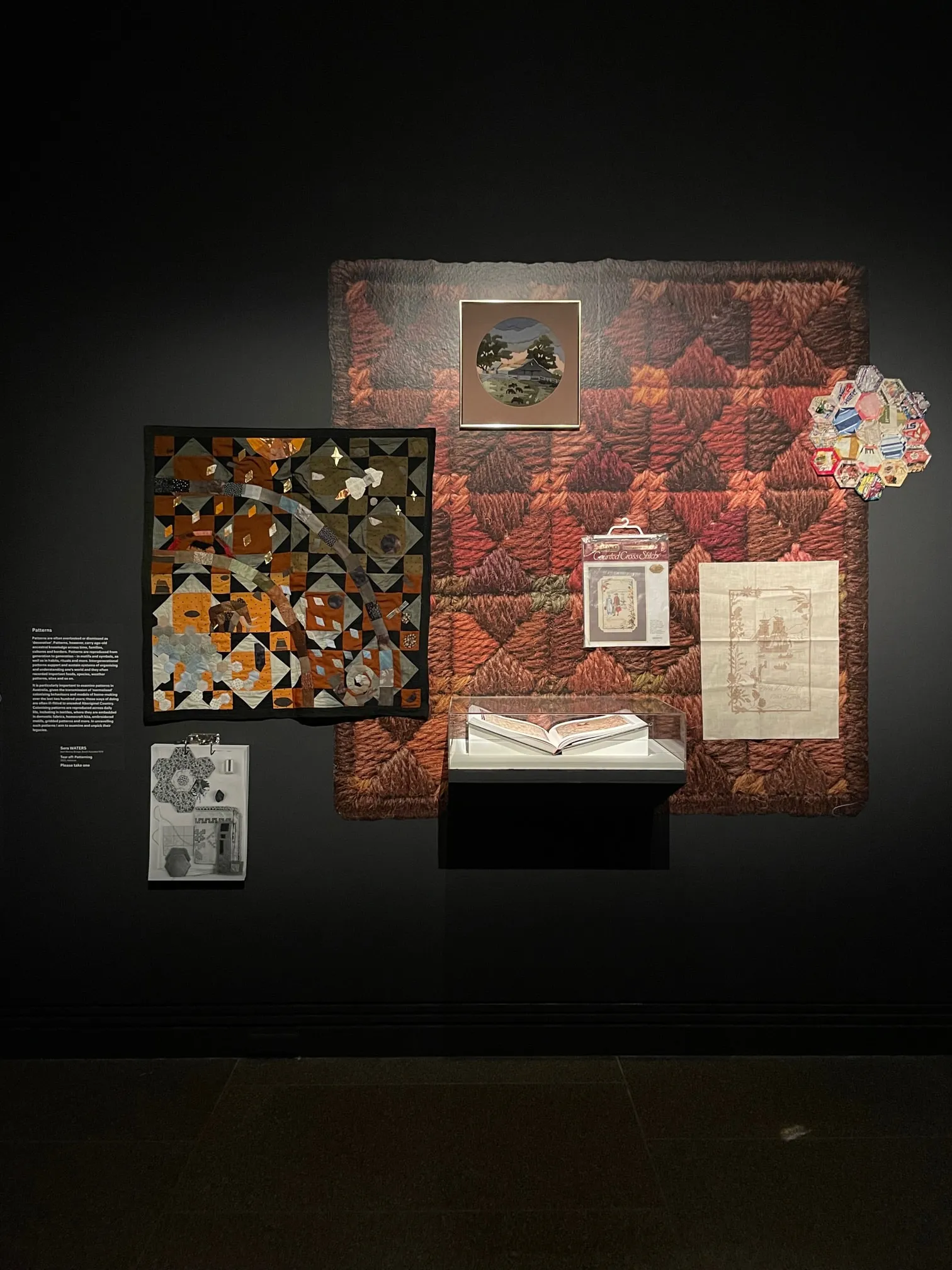
Patterns
Patterns are often overlooked or dismissed as 'decorative'. Patterns, however, carry age-old ancestral knowledge across time, families, culture and borders. Patterns are reproduced from generation to generation - in motifs and symbols, as well as in habits, rituals and more. Intergenerational patterns support and sustain systems of organising and understanding one's world and they often recorded important foods, species, weather patterns, sites and so on.
It is particularly important to examine patterns in Australia, given the transmission of 'normalised' colonising behaviours and models of home-making over the last two hundred years; these ways of doing are often ill-fitted to unceded Aboriginal Country. Colonising patterns are reproduced across daily life, including in textiles, where they are embedded in domestic fabrics, homecraft kits, embroidered motifs, gridded patterns and more. In unravelling such patterns I aim to examine and unpick their legacies.
Install photograph of artworks and collection objects by the artist.
Future Traditions Wallpapers
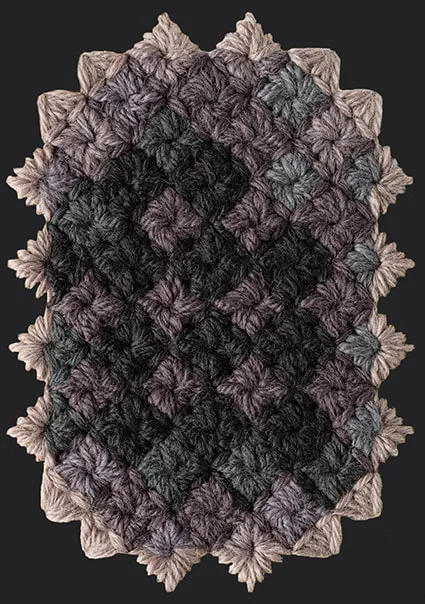
Clockwise from top left: Oval Doily Shield, Woods, Kangaroo Grass Interior, Leaves, Land and Sunset quilt.
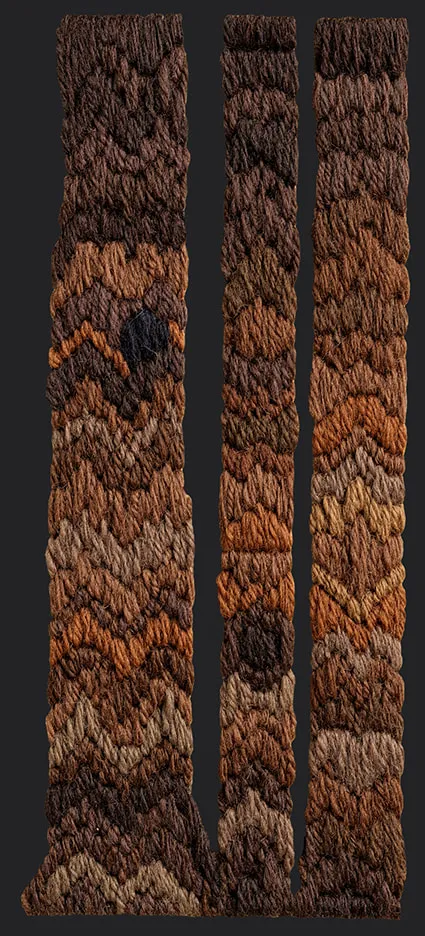
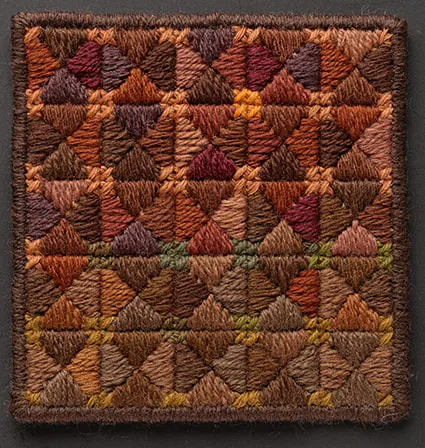

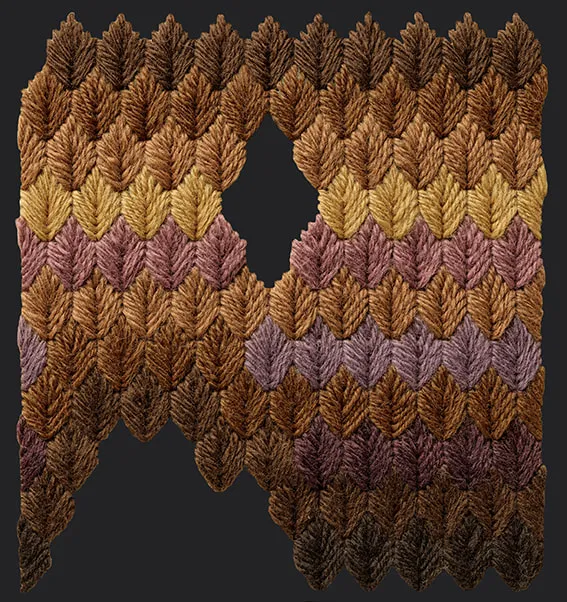
Future Traditions Catalogue
With essay by Melissa Keys. Available from the AGSA shop.
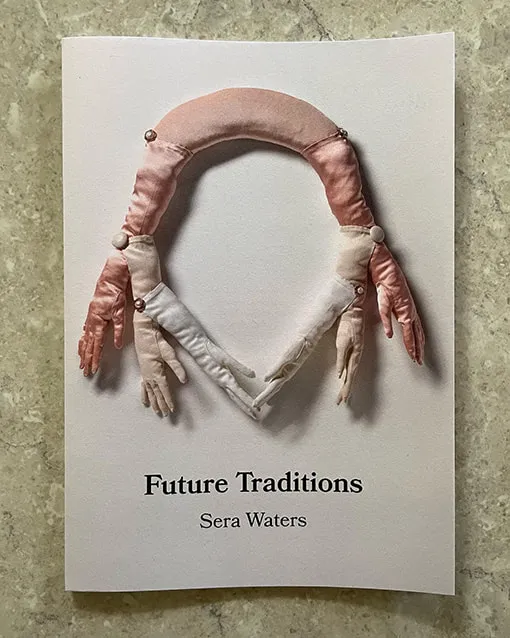
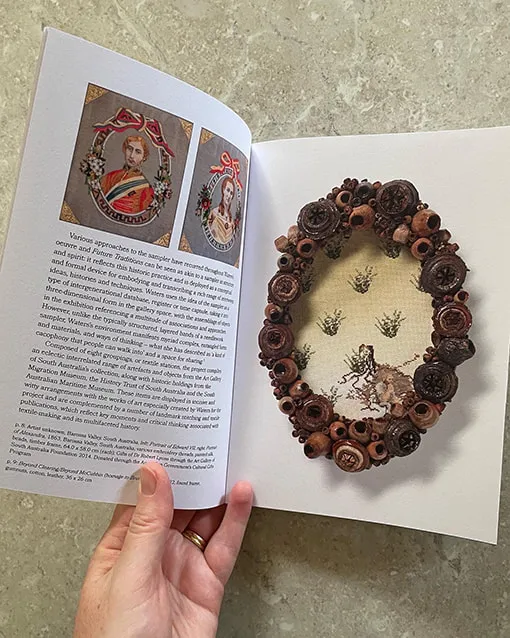
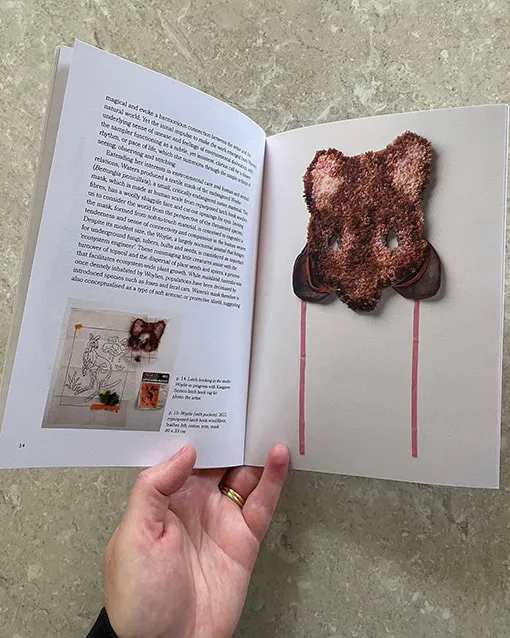
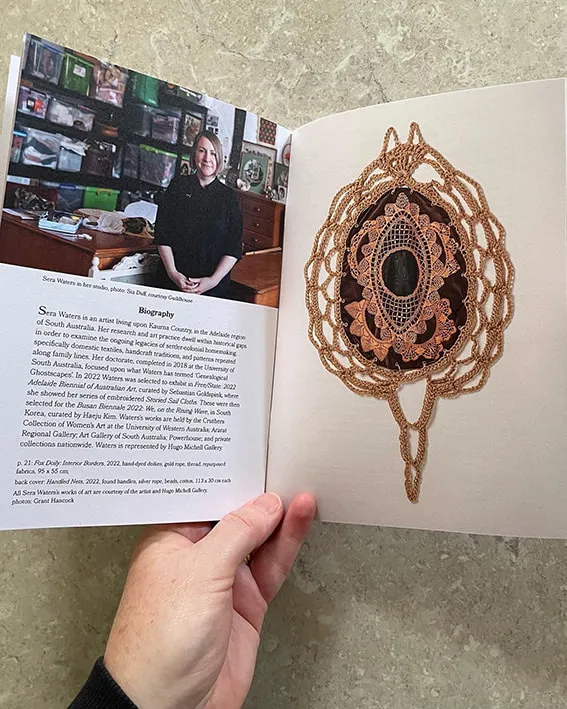
with thanks to Melissa Keys, Maria Zagala, Antonietta Itropico, Guildhouse, Grant Hancock and all who made this publication possible.
Future Traditions Tear aways
Available freely from the exhibition. With thanks to Anna Zagala (sweetpolka) for design & Callum Docherty for photography.
Knotting
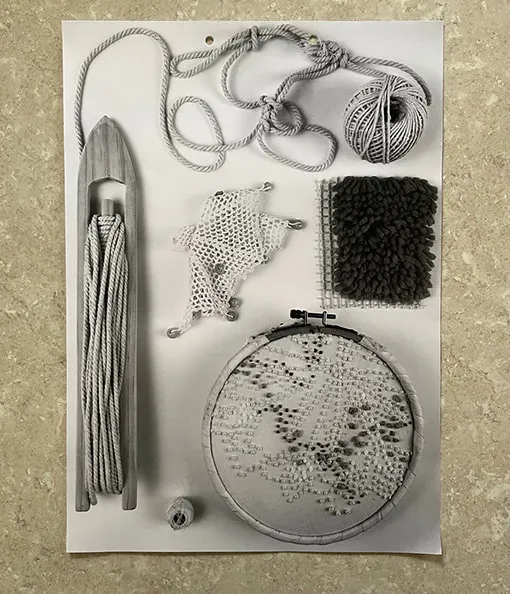
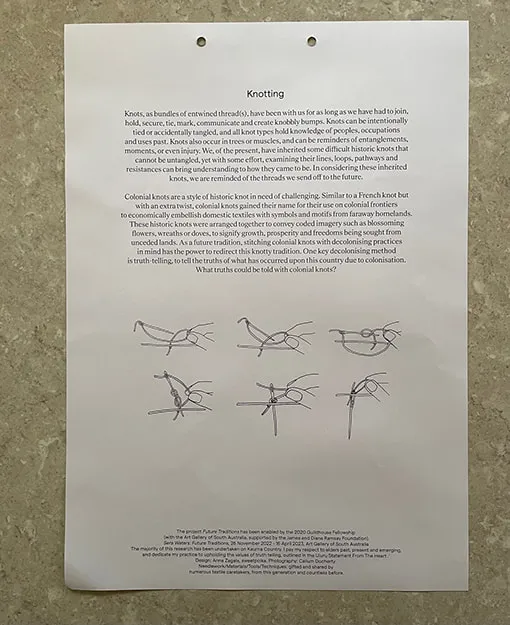
Sampling
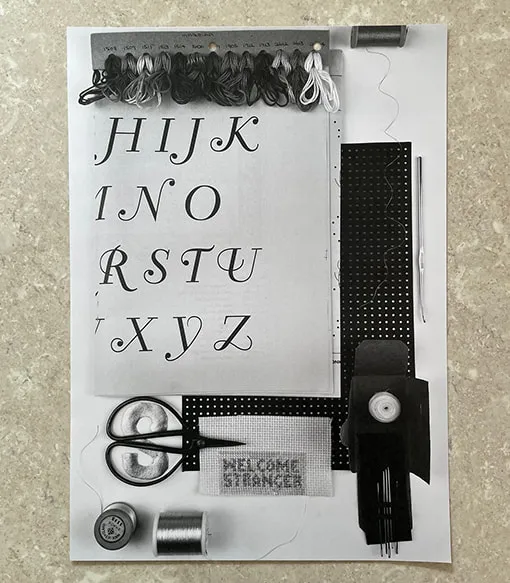
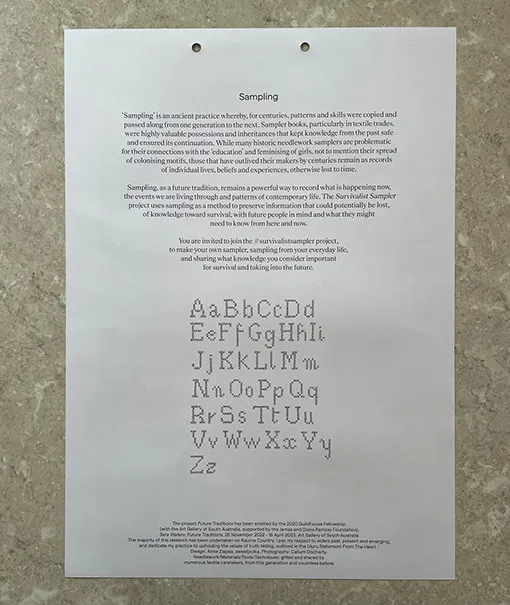
Patterning
